All around the world, game developers are becoming more and more concerned with diversity. However, the queer community is often sidelined, despite the industry’s best intentions. Even when a developer makes an effort to showcase queer characters, there are several pitfalls that pop up again and again. The games industry needs to do better: here are five issues with queer representation in gaming.
5. The Male Gaze
Gaming is a multi-billion dollar industry. In fact, it’s worth almost double the film and music industries, combined. This means that we have to consider the issue of how diversity can affect the bottom line.
Yes, mainstream gaming can lean into having queer characters, and this is (thankfully) becoming more and more common, but there are still plenty of times when the intent is seemingly to make as much money as possible. As a result, queerness is filtered through what players – primarily straight men – can enjoy, or at least accept.
It’s the same reason so many mainstream games give their heroines revealing costumes, or that the vast majority of female heroes are pretty young women, compared to the greater diversity afforded to men. Sex sells, and when the camera assumes a straight male point of view, that means sexy women.
First, let’s look at Mass Effect, arguably the best-known early example of queer romance in a mainstream game. The issue is that in the first two games, this is only possible for a female Shepherd. The third game introduces two gay options for a male Shepherd, but this same game has five options for a female Shepherd, bringing the total number of queer options for a female Shepherd to six.
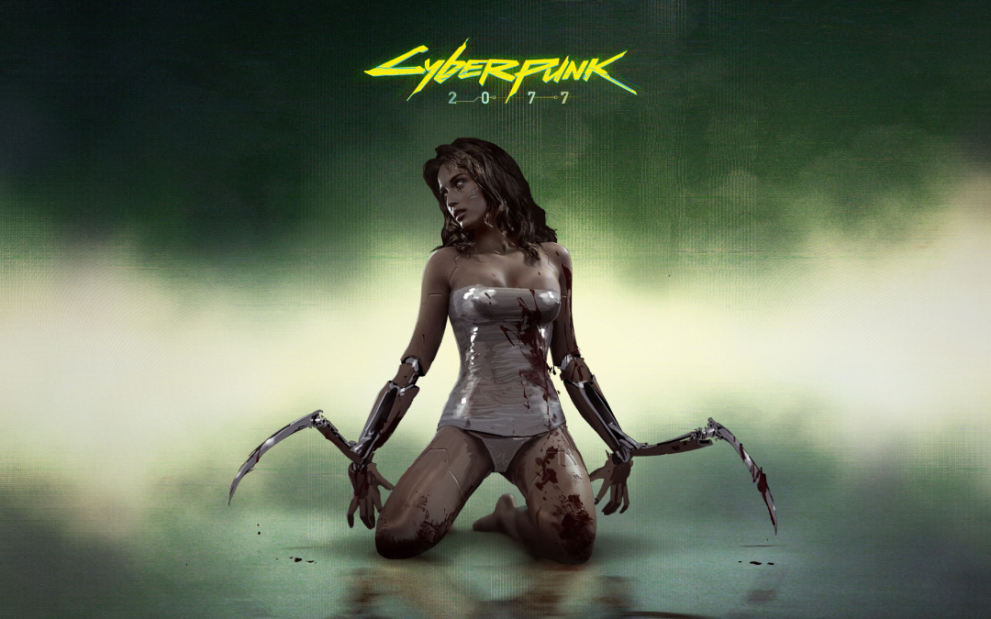
Even in mainstream games’ relatively graphic romance or sex scenes, there’s often a double standard at play. Cyberpunk 2077 is well-known for its sex scenes, but a gay V (or, for that matter, a straight female one) comes up short for one reason. Outside of the four main love interests and joytoys, every optional sex scene is with a woman. Yes, there’s queer representation, but the part straight men are more likely to enjoy is pushed to the forefront, over and over again.
It’s no secret that the whole ‘girl-on-girl is hot’ trope is a big thing, which means that queer women in gaming are often highlighted. While any diversity is good, the fact of the matter is that it’s too often filtered through a straight male perspective. Whether queer people themselves can enjoy it is too often secondary
4. Double Standards
Here are two screenshots from the (brilliant) interactive horror game, The Quarry. The screenshots are taken from the same scene. In fact, they’re different results from the same choice: whether Ryan kisses Dylan or Kaitlyn.
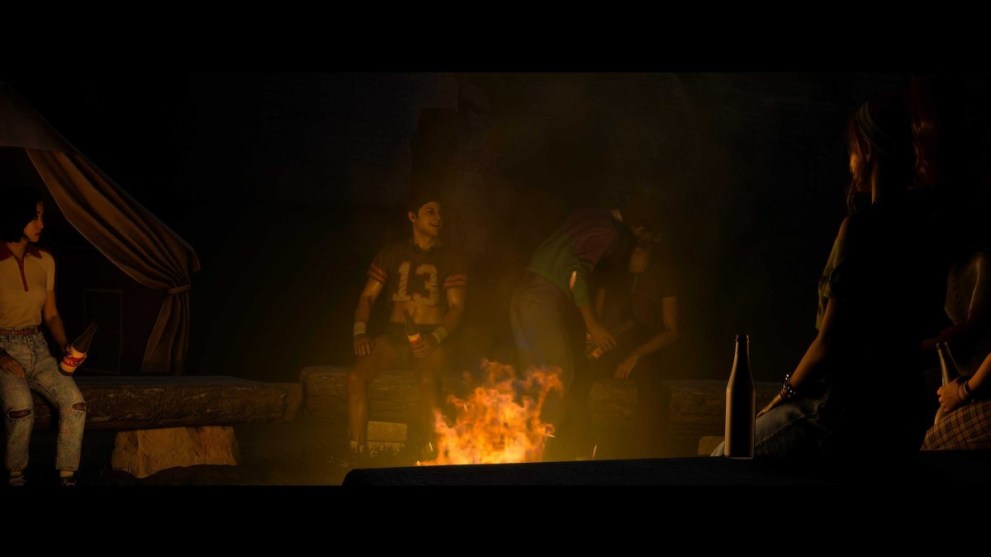
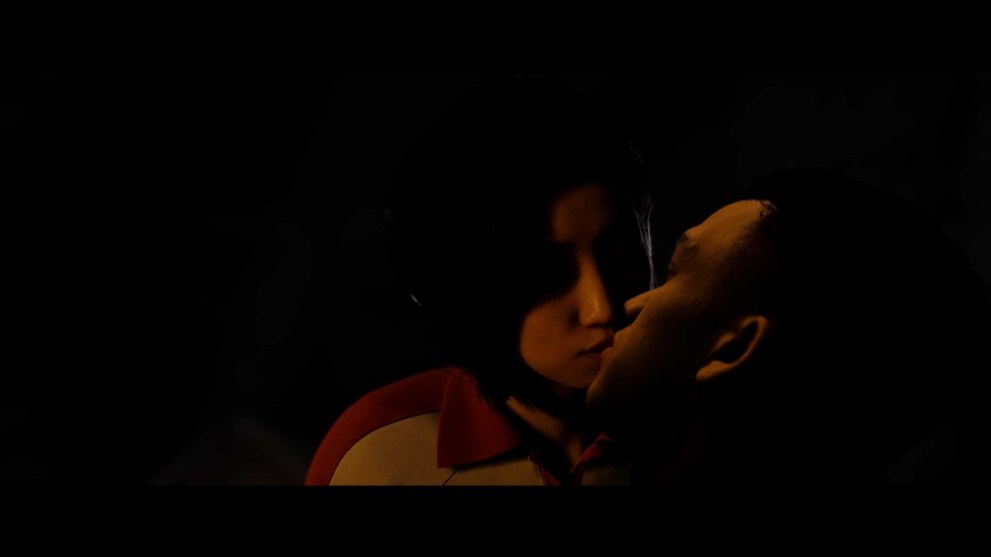
The difference is immediately obvious. The only gay kiss in the game is shown in a long shot, while the camera isn’t afraid to get up close and personal with a straight one. There are several other straight kisses in the game, and each of them is similarly shown in close-up – and often more involved than the quick peck Ryan shares with either of his love interests.
Over and over again, we see queer intimacy held to a double standard. If it’s present, it’s too often downplayed in comparison to straight intimacy. The characters might be lovable, and their bond might be touching, but as soon as these characters assert their sexuality it’s like the developers get squeamish.
The camera assumes a straight male perspective, and so it gives us what it thinks we want while ignoring what it thinks we don’t. It doesn’t matter that the only way to get Dylan and Ryan’s kiss is to manually select the option. The camera seems to assume we don’t actually want to see it. In contrast, the lesbian kiss in Supermassive Game’s next project, The Devil in Me, was both close up and much more intense.
It isn’t just Supermassive Games. In fact, they’re doing their best in a world that’s often actively hostile, but these double standards occur over and over again.
In the Life is Strange series, the sole male hero, Sean, has to actively come out as bi to romance his male love interest, while the game offers Max and Chloe the choice to kiss their female love interests with no prerequisites.
Perhaps most annoyingly, in Persona 5, the teenage Joker can romance four adult women, but none of his male friends. You can argue it may be indecent or controversial to have queer romance in a game starring teenagers, but that argument goes out the window when we consider the fact that the game has romances that are actually illegal.
3. Stereotypes
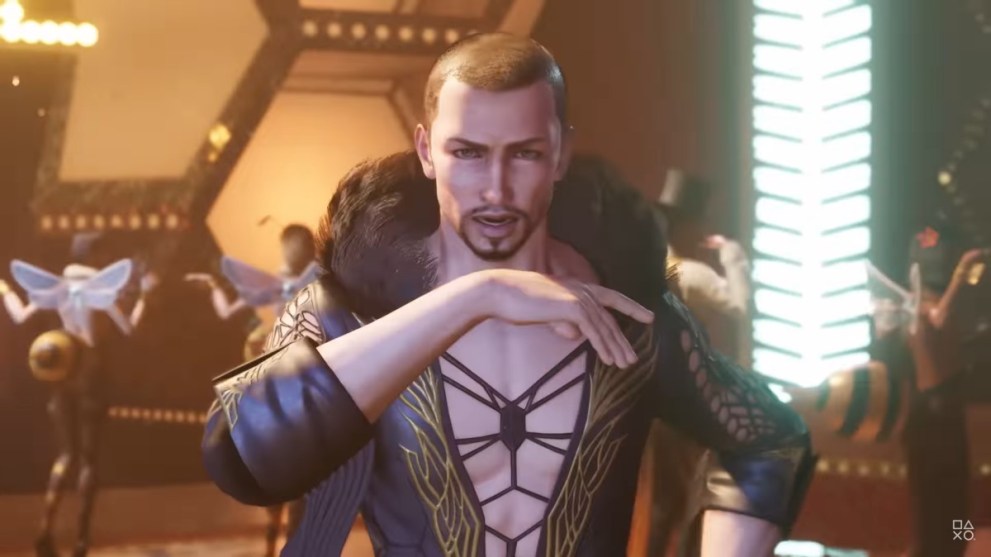
Chances are, you can see a queer character in gaming a mile away, even if that character is minor. A gay man is likely to be flamboyant, with a high voice and a personality that amounts to “sassy” or an obsession with aesthetic beauty. A lesbian character is likely to be more masculine than the game’s other women, and in a role that’s more typical for men.
Stereotypes are an easy way of getting diversity points. If a game has a lack of queer leads, a few side characters advertising a drag show or a woman casually mentioning her wife while dismantling an engine is an easy way to say that you have a rich and diverse world. It’s true, to an extent, but it lacks nuance. It seemingly serves no purpose other than showing how diverse the world is, but doesn’t showcase diversity within the community.
It’s worth pointing out that it’s possible for a stereotypical queer character to still be a positive and likable one. For example, both Andrea and Jules in Final Fantasy 7: Remake are likable characters with agency, who prove to be vital allies to Avalanche, who just happen to both be effeminate gay men. However, it would have been nice to see a gay man of a different muld to contrast the portrayal.
On the other hand, there are characters like the so-called “Shinjuku Creatures” in Persona 5. These “creatures” are a pair of flamboyant older men whose role in the game is to… sexually harass Joker and Ryuji. These characters were considered so offensive, that they were essentially rewritten in Persona 5 Royal.
Stereotypes are often a way to immediately signal that a character isn’t just queer, but “other”. Too often, these characters have no traits outside of their sexuality or gender identity. They simply exist for the sake of existing, often (but not always) as a joke.
2. Number of Games
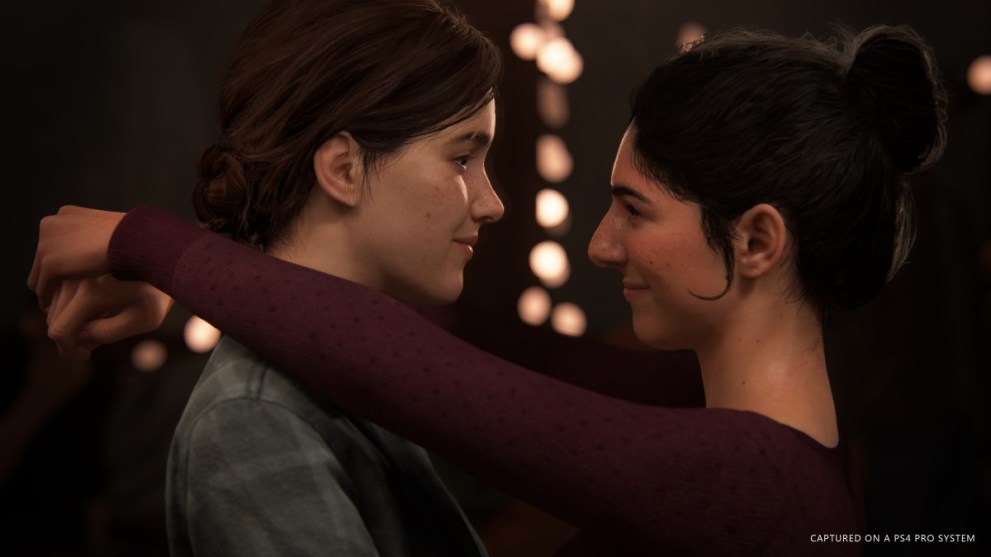
A common complaint from the anti-woke crowd is that queer characters are everywhere these days. While we don’t think that’s a problem, it’s worth delving into the numbers here.
Wikipedia lists 63 games with queer characters released since 2020, with 7 more coming. This is by no means a complete list (both AAA and indie games with queer characters aren’t included), but it’s worth pointing out that there have been over 40,000 games released in that time on Steam alone. Even if we assume that the true number of “queer” games is double, triple, or quadruple the amount listed on Wikipedia, that still represents less than 1% of the total number of games.
Most estimates say that around 10% of the population falls somewhere in the queer community. It might feel like it’s becoming more common, but in reality people are simply more open about it. There are still countries all around the world where queerness can lead to imprisonment or execution, and it used to be far more common.
In short, it feels disingenuous to say that there are too many queer characters when it’s a fact that not only do they appear in a slim minority in games, they don’t even match the actual demographics.
Of course, the common argument is “Why does this character have to be gay/lesbian/bisexual/trans?” The flipside, naturally, is “Why do they have to be straight/cis?” Queer people shouldn’t be reduced to side characters, or expected to appear only when there’s a narrative reason for it. We’re just as capable of being superheroes, survivors, and scientists as anyone. Our narrative function shouldn’t be to toss out a sassy comment or prove how diverse a world is.
1. Queerbaiting
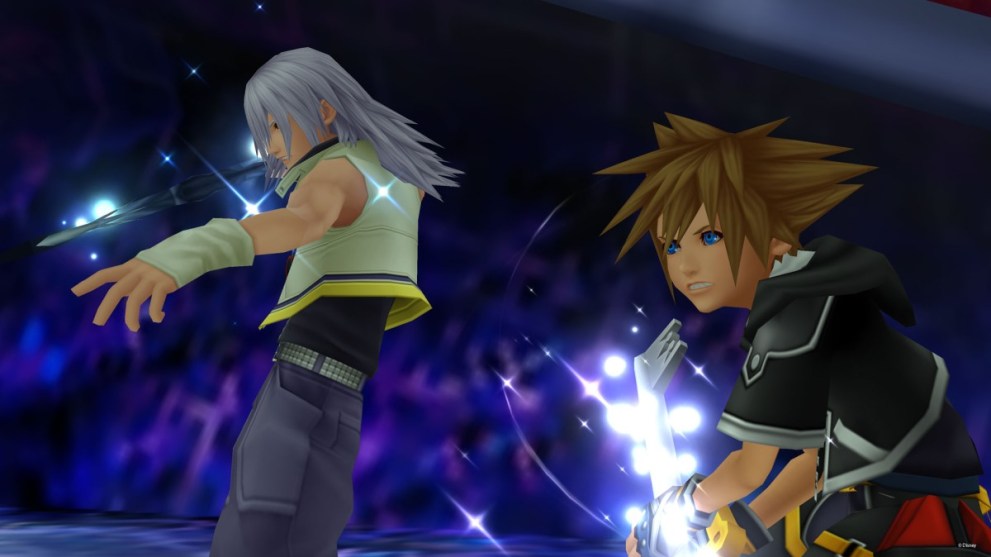
Queerbaiting is a common term in media circles. Essentially, if there’s a lot of subtext that hints that a character is queer, or that two of the same sex are in a relationship, but the subtext is never followed through, that’s queerbaiting.
This can be unintentional or intentional. Sometimes there’s just chemistry there, or the situations the characters find themselves in lead to emotional reactions. Sadly, in a world where queer representation is still rare, that level is often all we can hope for.
While queer characters are a selling point, there are plenty of people who might simply choose not to buy a product with queer content. In either case, developers have to choose whether to court one demographic if it means cutting off another.
Queerbaiting lets creators have their cake and eat it too. They can benefit from the subtext and the passion that might rise, without the inevitable backlash from those who think two men kissing or a transwoman living her life is ruining a game.
Just look at Sora’s reaction to finding Riku in Kingdom Hearts 2, compared to his canon love interest Kairi. One is an awkward hug; the other has Sora falling to his knees in tears. Was it intentional that Sora’s reaction to finding Riku is so much more emotional? Who knows. Does it stick out like a sore thumb? Absolutely.
You can also see queerbaiting in franchises like Tomb Raider, Final Fantasy, Persona, and even Resident Evil. Essentially, if the only reason people don’t see a relationship as romantic is gender, you’ve been queerbaited.
To Sum it Up
A lot of developers are sincerely trying their best to showcase diverse characters. However, they’re working within a system that makes that difficult. Yes, it’s disappointing that queer representation in gaming is either absent or downplayed. However, it’s heartening that we’re in a place where we can discuss this at all.
We found out Ellie was a lesbian in 2014, and at the time that was huge. This was an established character in one of the world’s most beloved games, with a canonical same-sex love interest. Since then, queer representation in gaming has become more and more common. It’s better to be in a situation where the industry is trying and can do better, than one where the industry doesn’t acknowledge us at all.
The world is changing. Within a few years, issues like the ones raised here might get less and less frequent.
Can the industry do better? Of course.
Is it trying? Yes.
Is it up to the challenge? Absolutely.
Check out our list of the top ten queer characters in gaming here.





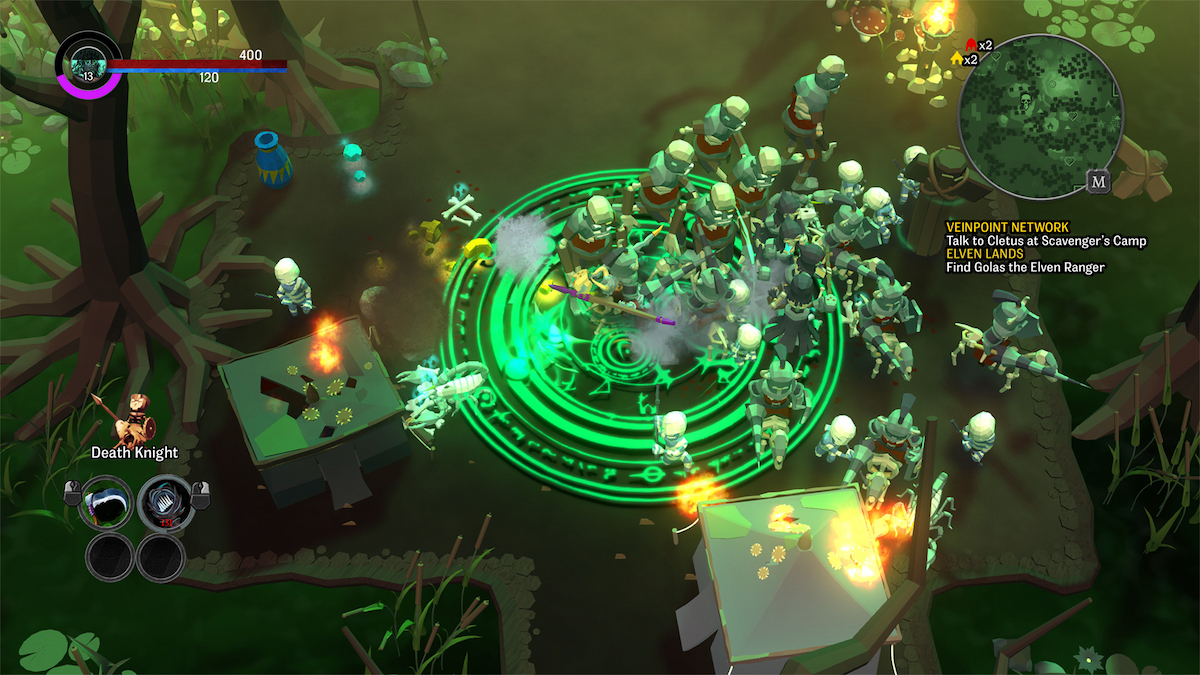

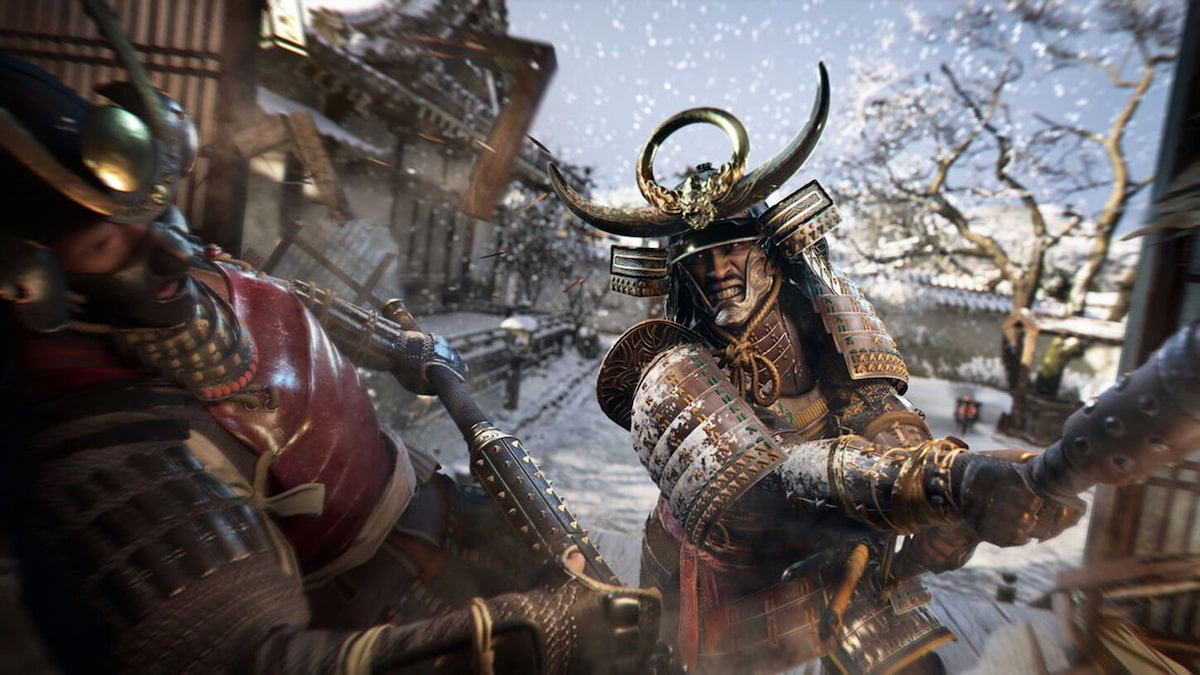




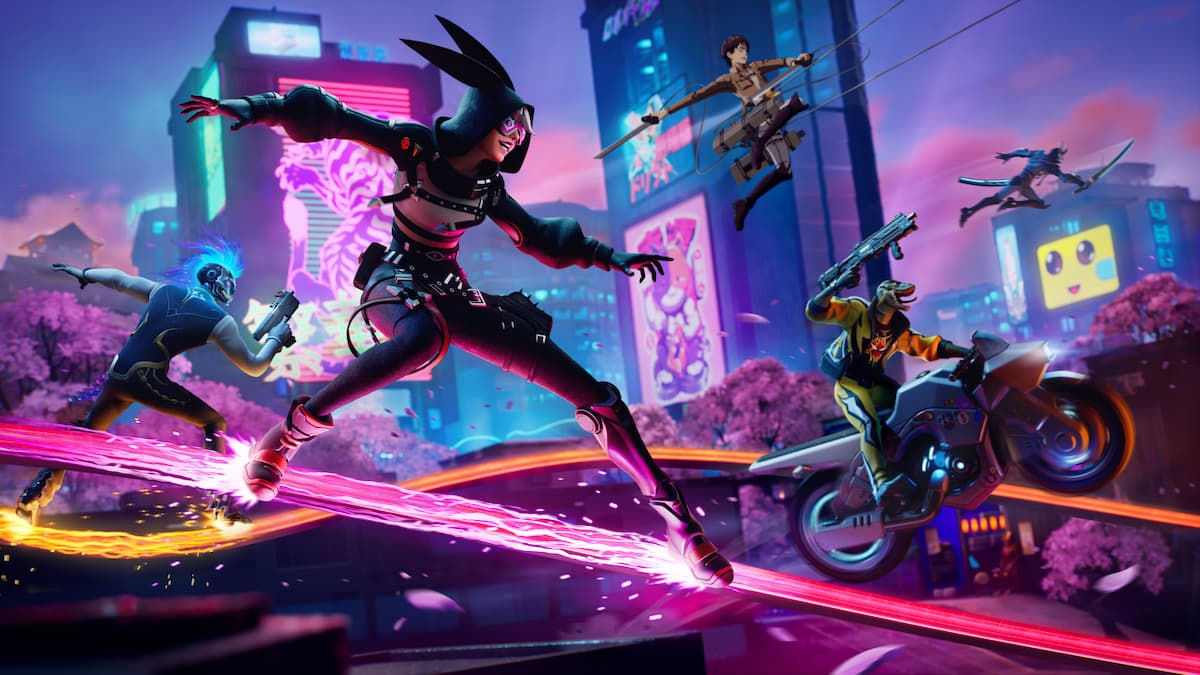
Updated: Jun 12, 2024 06:27 am